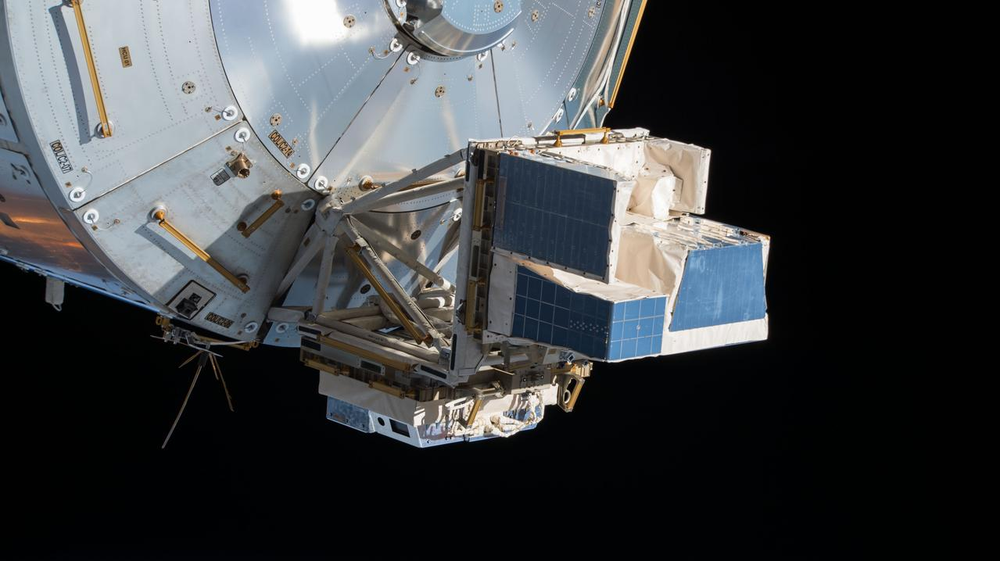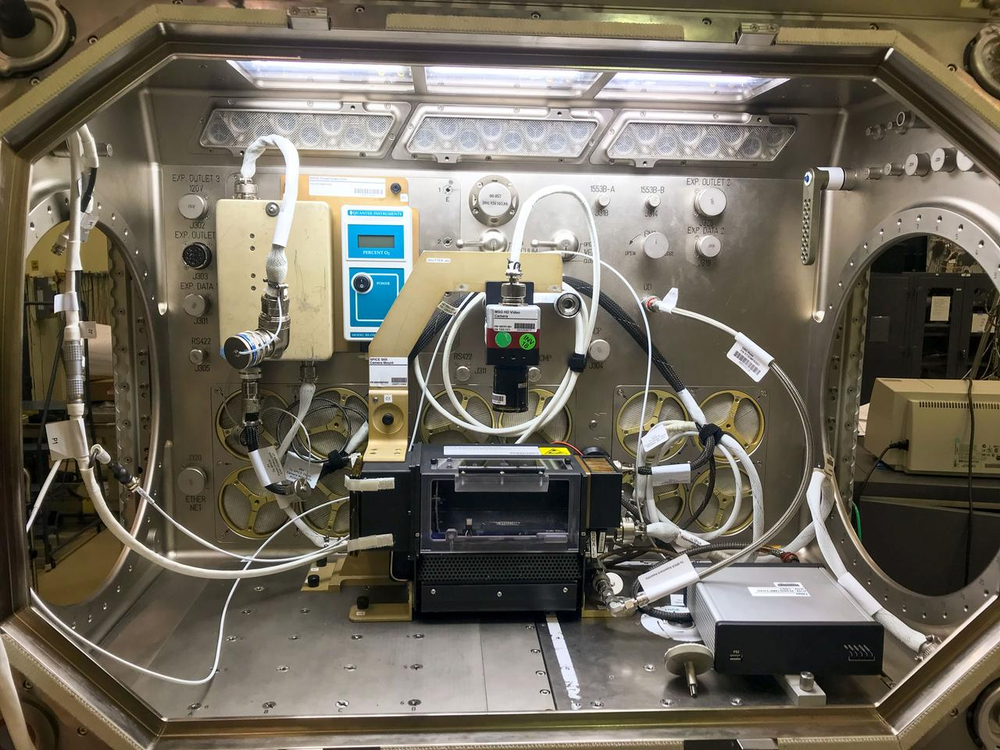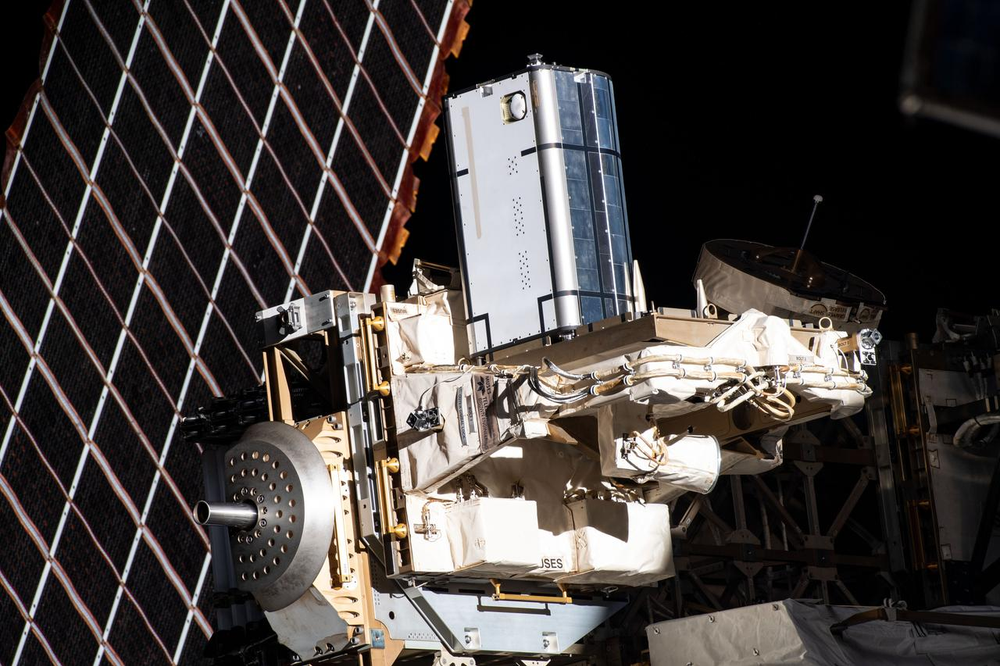Station Science Top News: May 10, 2024
Analysis of three bright terrestrial gamma-ray flashes (TGF) allowed researchers to determine their accurate positions. The study of these bright gamma-ray flashes is important to understanding the Earth’s most intense, naturally produced radiation bursts during thunderstorm activities.
TGFs occur at high altitudes over the tops of large thunderstorms and propagate outward into the ionosphere and space. Imaging technology within the Atmosphere Space Interaction Monitor (ASIM) allows researchers to accurately determine gamma-ray flash position, point of origin, and associated lightning strikes. ASIM is an external payload that supports the study of severe thunderstorms and their role in Earth’s atmosphere and climate, helping to improve atmospheric models and climate and weather predictions.

***
Researchers studying flame spread in the direction opposite to ambient flow discovered that confinement and radiative conditions (transparent, black, and reflective) affect flame spread differently in cotton-fiberglass textile and synthetic polymer slabs. These new insights allow researchers to better understand the flammability of materials to reduce risk to the crew and spacecraft.
Confined Combustion examined the behavior of flame as it spread in differently shaped confined spaces in microgravity. Observations show that increased confinement was more likely to reduce flame spread, and radiative conditions varied according to the material (i.e., stronger flames for cotton-fiberglass in black baffles and stronger flames for synthetic polymers in reflective baffles). The findings also suggest that flames spreading in the opposite direction of flow speed and oxygen concentration tend to spread more slowly compared to flames spreading in the same direction. These results could provide guidance for the design of structures, fire safety codes, and fire response in space and on Earth.

***
Researchers incorporated International Space Station Global Position System (GPS) sensors as an independent attitude data source and provided confirmation data between simulated and real Multiple User System for Earth Sensing (MUSES) Earth imaging. Monitoring of residual attitude errors is important for algorithm refinements and provides important operational metrics to ensure stable and consistent operations of the MUSES platform.
The MUSES pointing platform can host up to four instruments and implements a feedback pointing control system for precise pointing of instruments with respect to Earth surface targets. The accuracy of the pointing system is absolutely critical in providing accurate, useable data. Researchers conducted extensive analysis of the instrument’s star tracker offsets and incorporated a new filter that integrated the MUSES sensors along with the space station GPS attitude data to successfully estimate the star tracker offsets. Monitoring the daily values of the residual attitude error may be an important operational metric to ensure continued stable and consistent operation of a MUSES-like platform.








